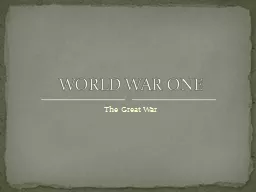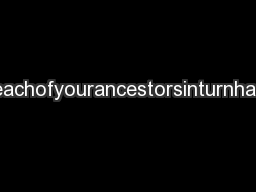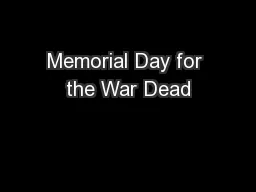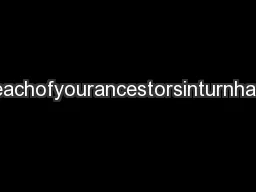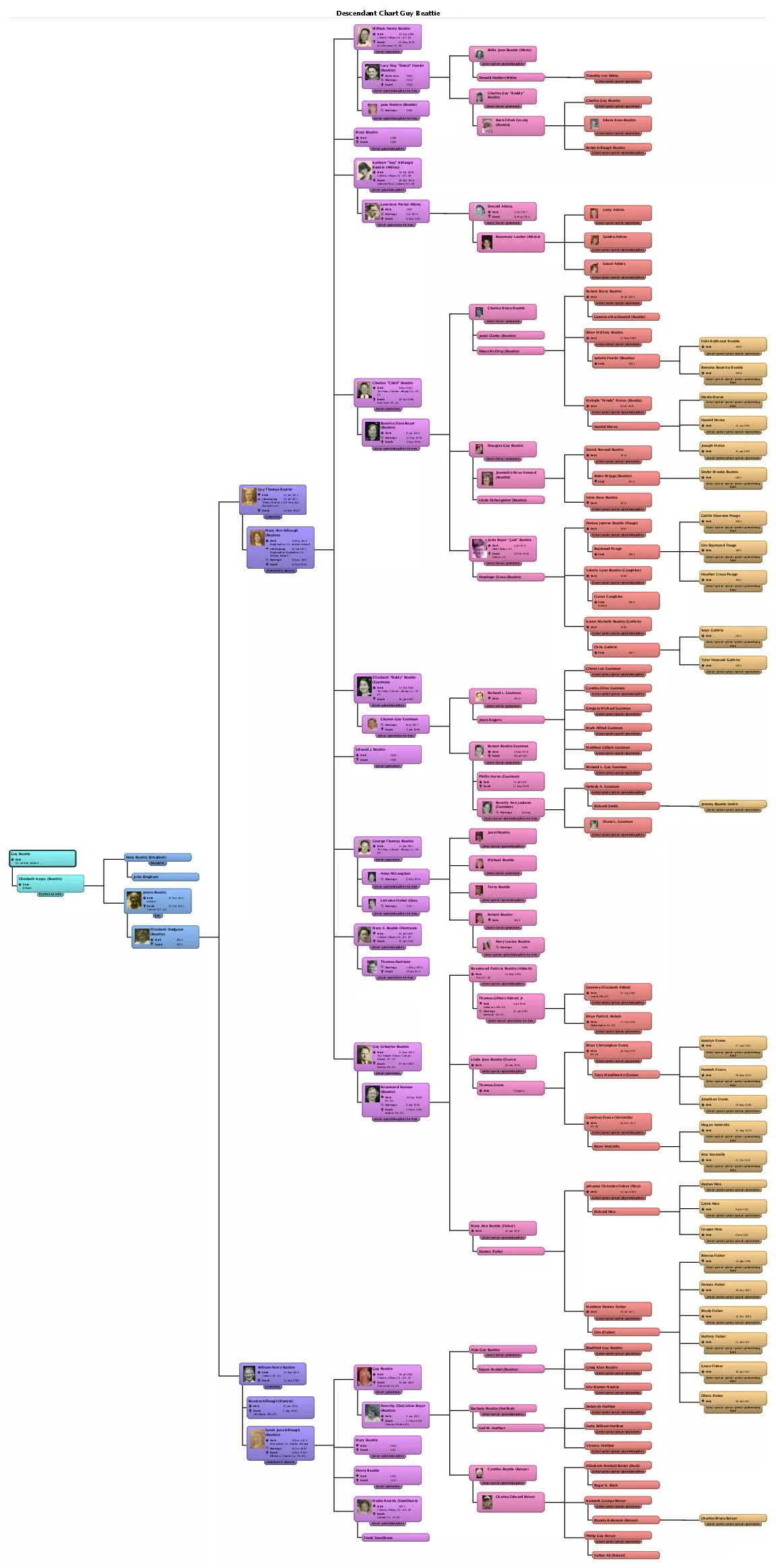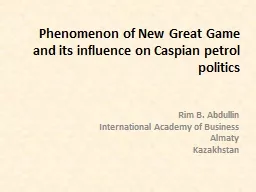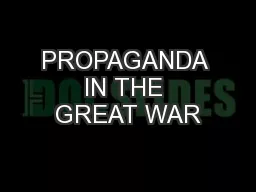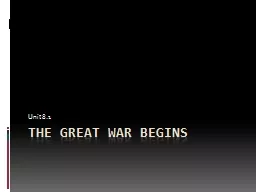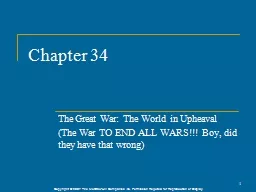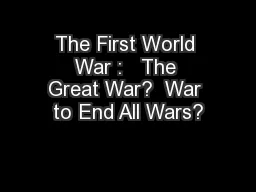PPT-The Great War
Author : min-jolicoeur | Published Date : 2016-05-06
WORLD WAR ONE Why was WWI referred to as the Great War MILITARISM ARMS RACE Definition The policy of building up a strong military to prepare for war Goal To
Presentation Embed Code
Download Presentation
Download Presentation The PPT/PDF document "The Great War" is the property of its rightful owner. Permission is granted to download and print the materials on this website for personal, non-commercial use only, and to display it on your personal computer provided you do not modify the materials and that you retain all copyright notices contained in the materials. By downloading content from our website, you accept the terms of this agreement.
The Great War: Transcript
Download Rules Of Document
"The Great War"The content belongs to its owner. You may download and print it for personal use, without modification, and keep all copyright notices. By downloading, you agree to these terms.
Related Documents

